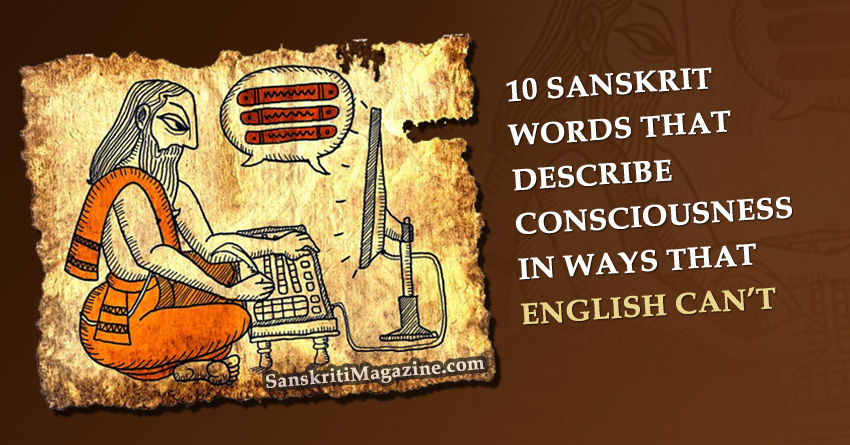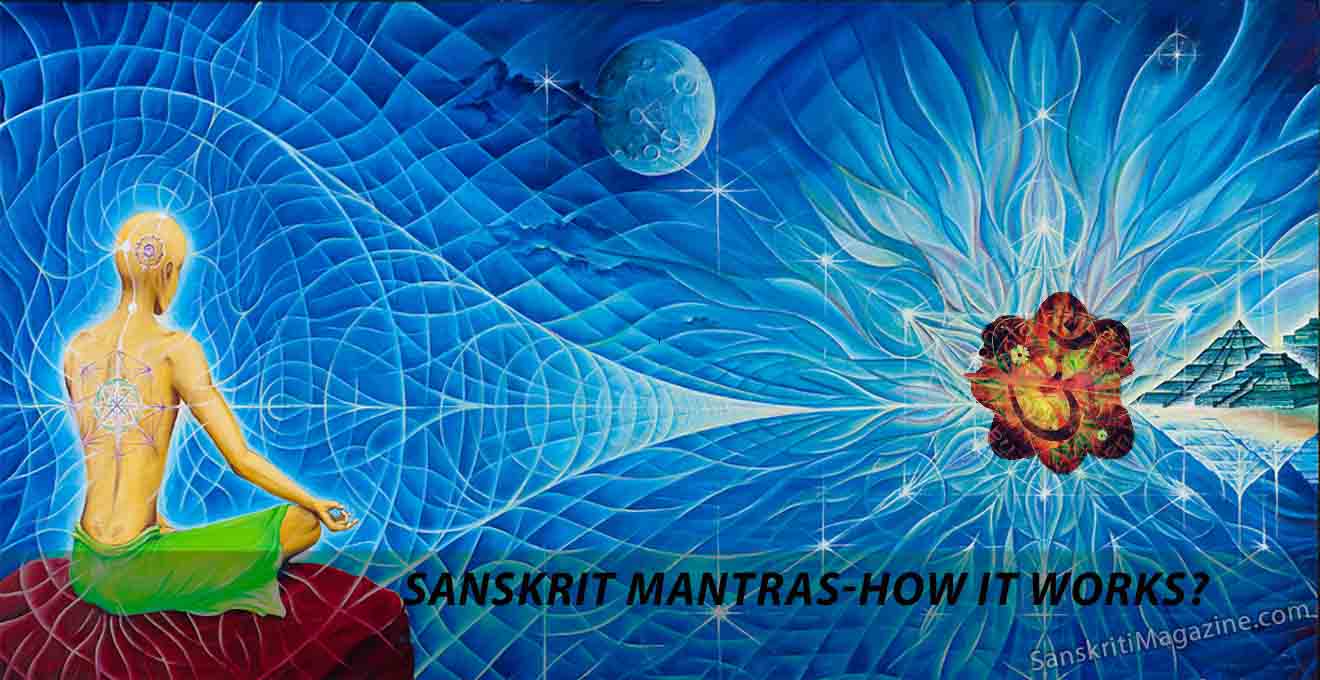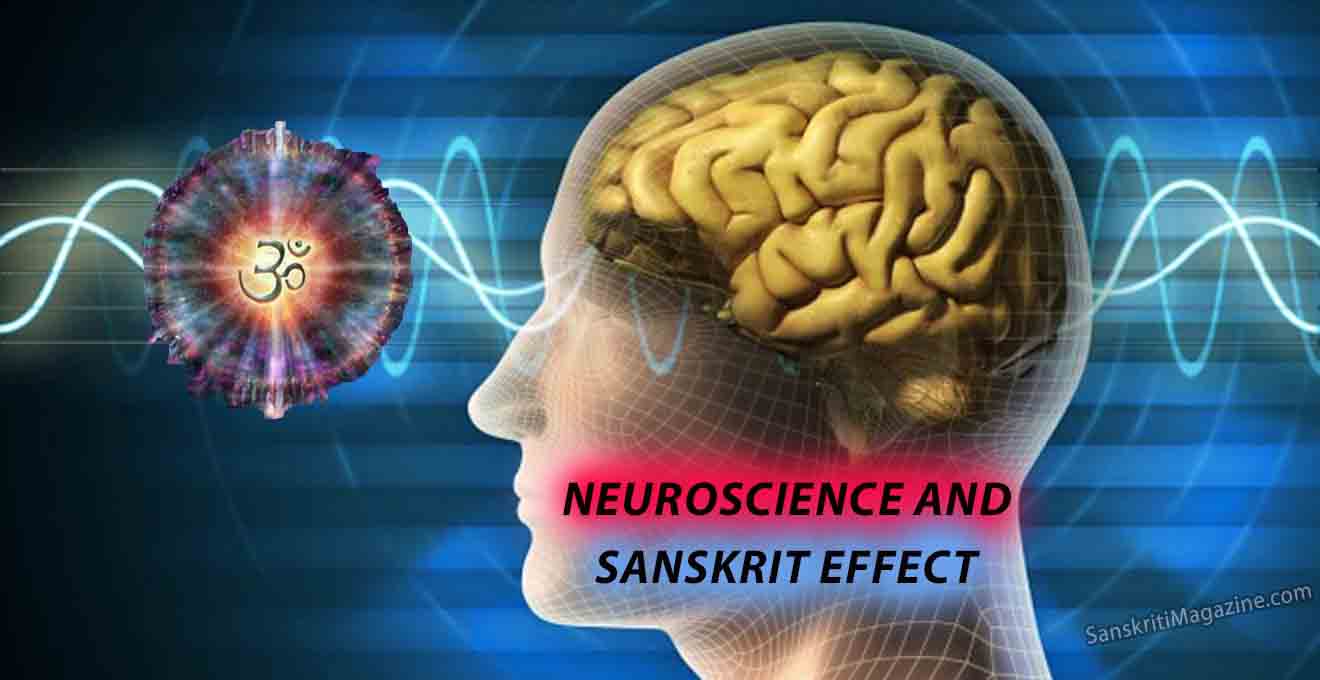“The extraordinary thing about Sanskrit is that it offers direct accessibility to anyone to that elevated plane where the two —mathematics and music, brain and heart, analytical and intuitive, scientific and spiritual— become one.”
– Vyasa Houston M. A.
Panini, in roughly 500 BC, standardized Sanskrit as a language through his extensive book titled ‘Ashtadhyayi’. An ambiguous version of the language existed for almost a millennium before Panini. The semantics of the language has been scientifically derived by logic & the grammar has been worked out using proper mathematics & algebraic algorithms. The language has also been claimed by NASA scientists to be the most suitable language to communicate with AI.
However, my claim here about the language is the following beautiful & powerful set of words which pay great respect to higher states of consciousness. With no English equivalents, the sad part here is that these words fail to find a commonplace of acceptance in our modern-day culture.
Atman: the spiritual life principle of the universe, especially when regarded as immanent in the individual’s real self (talks about the unconscious part of ‘me’ as if it belongs to the Cosmos or somehow is connected to the Universe around by a string)
Akasha: a supposed all-pervading field in the ether in which a record of past events is imprinted (not just a word, this phrase looks like a principle of Science in itself. We started relating to this only after Einstein’s theory of relativity)
Dharma: One’s personal path in life, the fulfillment of which leads to a higher state of consciousness. (This is as close as religion has been defined in the language)
Dhyana: The focusing of attention on a particular spiritual idea in continuous meditation. (Does it ring bells with ‘Deep Tripping’?)
Ishwara: Personal manifestation of the supreme; the cosmic self; cosmic consciousness. (We are all cosmic citizens, aren’t we?)
Maya: The illusions the physical world generates to ensnare our consciousness. (Yeah, we see the capitalistic world spearheading one such illusion)
Moksha: The attainment of liberation from the worldly life.
Nirvana: The transcendental state that is beyond the possibility of full comprehension or expression by the ordinary being enmeshed in the concept of selfhood.
Samadhi: State of enlightenment of superconsciousness. The union of the individual consciousness with cosmic consciousness.
Soma: A plant, probably with psychedelic properties, that was prepared and used in ritual fashion to enable men to communicate with the gods.
We very well see the reason why the exploration of consciousness has been developed to an incredible degree in the Indian culture. It is a Science and more than that it is a beautiful way of life to be one with the consciousness of the Cosmos.
~ Hardeep Pathak, this article was first published HERE.











